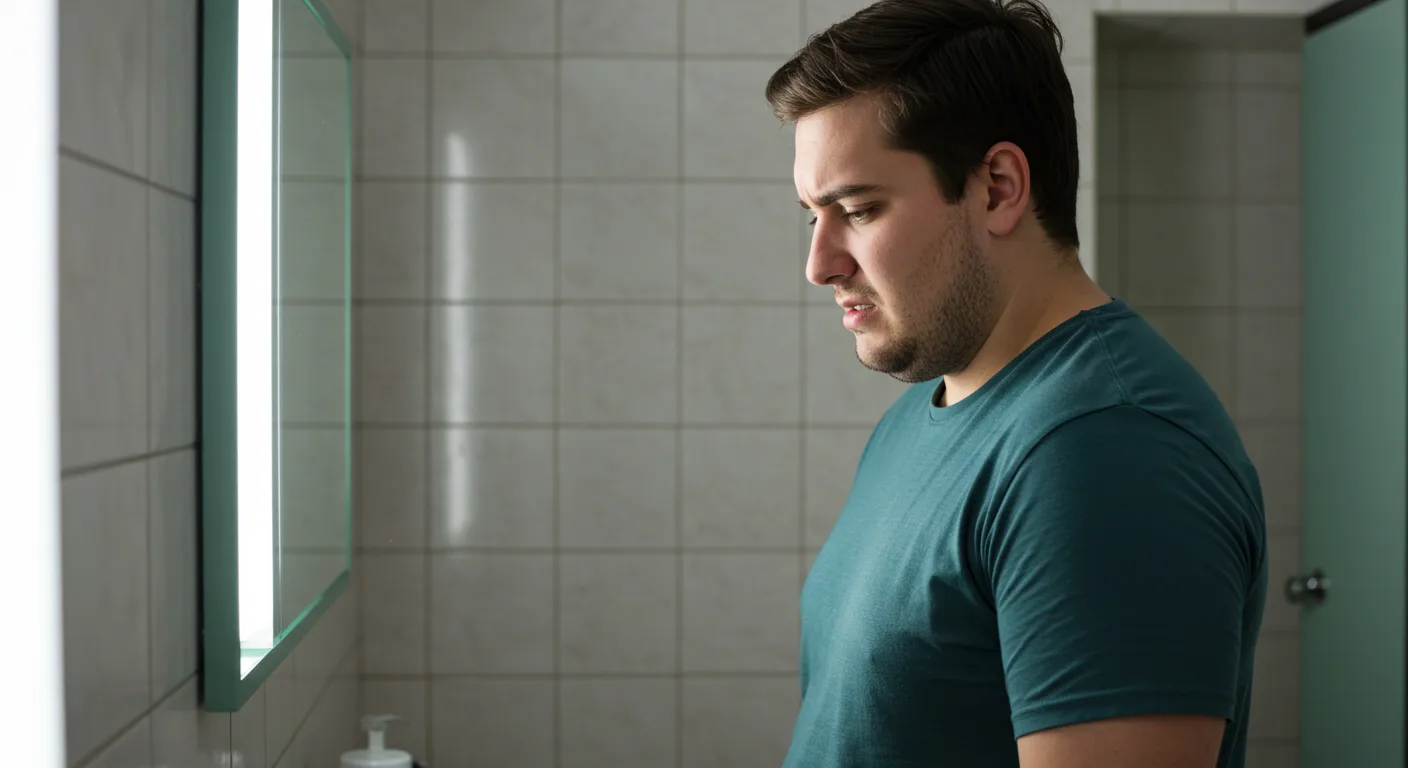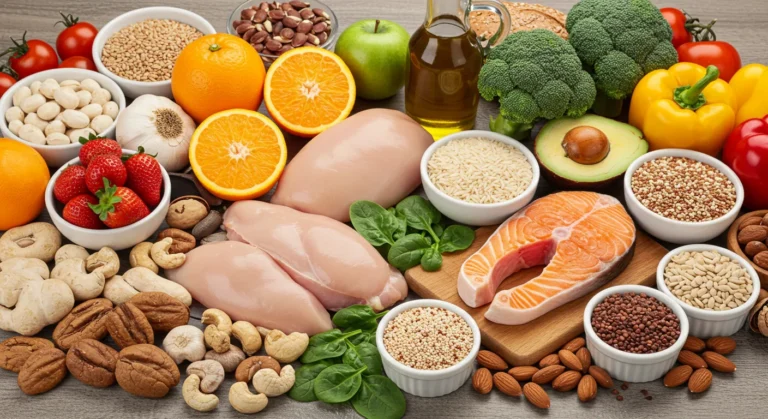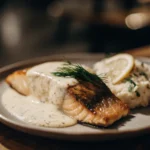Can You Really Lose Weight quickly?
Let’s get one thing straight — losing a large amount of body fat in one week isn’t realistic or healthy. But if your goal is to look and feel lighter — whether it’s for a vacation, a special event, or like in my case, a date you suddenly feel way underprepared for — there are healthy (and not-so-healthy) ways to go about it.
Let me tell you, I once tried a crash diet to look better for a last-minute date. I thought I could “slim down” with just juice and willpower. Spoiler: I was lightheaded, grumpy, and more bloated than ever. Lesson learned — there are smarter ways to approach this.
This post will break down the best ways to safely drop a few pounds in a week without harming your body. We’ll look at:
- How diet changes can make a fast difference
- Why exercise style matters
- What actually works for short-term goals
- Which strategies are sustainable (and which are not)
Let’s get into it.
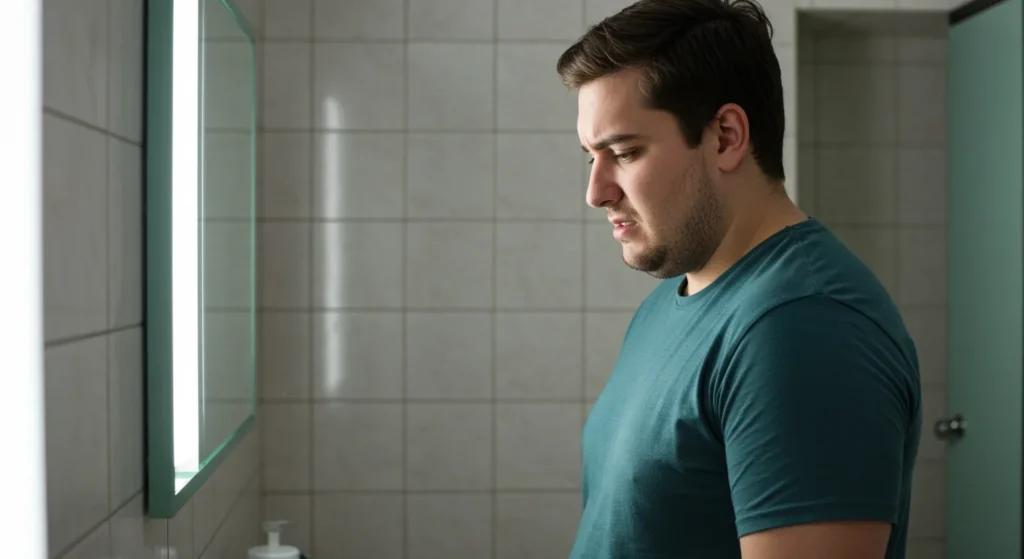
1. Create a Realistic Calorie Deficit (Without Starving)
If you want results in a week, your food choices are your strongest tool. But before you go slashing calories like I did with my “juice-only cleanse,” remember: too few calories can backfire. You’ll lose water, muscle, and energy — not just fat.
Stick to 1,200–1,500 Calories If You’re Female (or 1,500–1,800 If You’re Male)
This range allows for fat loss without crashing. The goal is to eat enough to fuel your body while still dipping into stored fat.
Check out this 7-Day, 1,200-Calorie Meal Plan for a well-balanced, satisfying weekly approach.
Focus on High-Protein, High-Fiber Foods
Foods that are high in protein and fiber keep you full longer, help preserve muscle, and reduce the urge to snack.
Here’s a sample table of weight-loss-friendly food swaps:
| Swap This | For This | Why It Helps |
| Sugary cereal | Greek yogurt + berries | More protein, less sugar |
| White rice | Cauliflower rice or quinoa | Lower in calories, higher in fiber |
| Fried chicken | Grilled skinless chicken breast | Cuts fat and calories |
| Chips | Raw veggies + hummus | Crunchy, satisfying, less processed |
Learn more about building a protein-rich plate here.
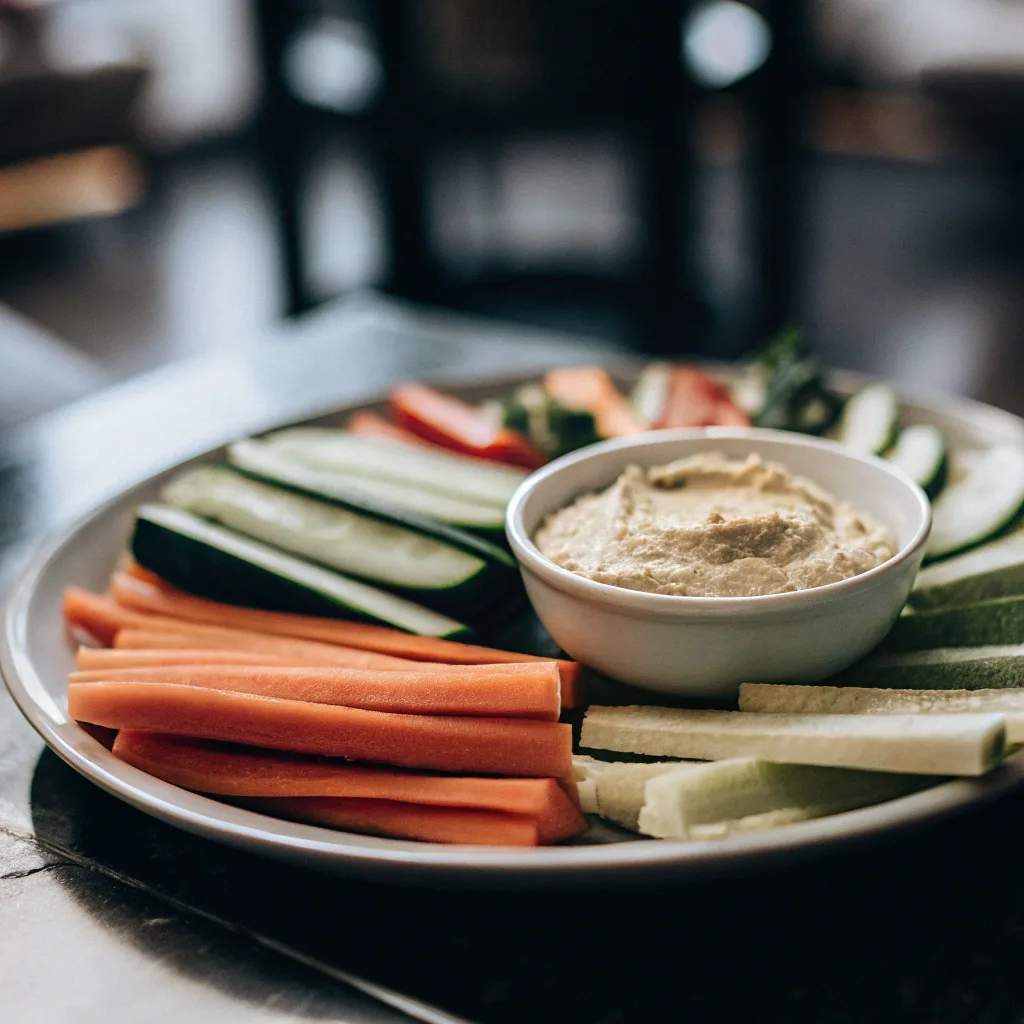
2. Eliminate Bloat (The Safe Way)
That “puffy” look? A lot of it is water retention. Luckily, a few easy tweaks can help flush it out quickly.
Drink More Water
This sounds backward, but it works. Drinking about 2 liters (about 8 cups) per day helps your body let go of stored fluids.
Cut Back on Salt and Processed Foods
Salty snacks and processed foods cause your body to hang on to water. Limit these, and you’ll feel lighter fast.
Try Herbal Teas
Green tea and peppermint tea help digestion and reduce bloating naturally. More about this from Tua Saúde.
3. Move Your Body — But Be Smart About It
Exercise can speed up your results, but not all workouts are created equal. You don’t need hours at the gym. You just need consistency and the right mix.
Do 30–45 Minutes of Cardio Daily
Cardio burns calories quickly and helps with water weight loss. Try:
- Brisk walking
- Cycling
- Swimming
- Jogging
Don’t forget to stay hydrated and stretch.
Add Strength Training 2–3 Times This Week
Muscle burns more calories at rest. Even a short session using bodyweight (like squats, lunges, and push-ups) helps preserve muscle as you drop pounds.
The Mayo Clinic recommends combining both cardio and resistance training for the best results.
Try a HIIT Workout
High-Intensity Interval Training (HIIT) combines short bursts of high effort with brief rests. A 20-minute HIIT session can burn more fat than an hour of slow cardio.
Try alternating 30 seconds of jumping jacks, burpees, or sprinting in place with 30 seconds of rest. Go for 15–20 minutes.
More tips in this UC Davis guide.

4. Intermittent Fasting Can Help — If It Works for You
Intermittent fasting isn’t magic, but it can create a natural calorie deficit without obsessing over every bite. The 16/8 method is the most popular — you fast for 16 hours and eat during an 8-hour window (like 12 p.m. to 8 p.m.).
If you’re already comfortable skipping breakfast, it can help you reduce overall intake and give your body more time in fat-burning mode.
Some people take it further with water fasting — but proceed with caution. A report by the NY Post showed short-term success, but medical supervision is essential.
5. The Military Diet: A Controversial Shortcut
This diet is often hyped online because it promises up to 10 pounds of weight loss in one week. But here’s the deal: most of that is water and muscle, not fat.
The Military Diet lasts for three days and restricts calories to 1,100–1,400 per day. The food is simple (think: toast, canned tuna, hot dogs, and apples).
It’s strict, and yes — you’ll probably lose some weight. But it’s not a long-term solution, and most people gain it back quickly.
If you try it, only do so for the three days, and give your body real nourishment the rest of the week.
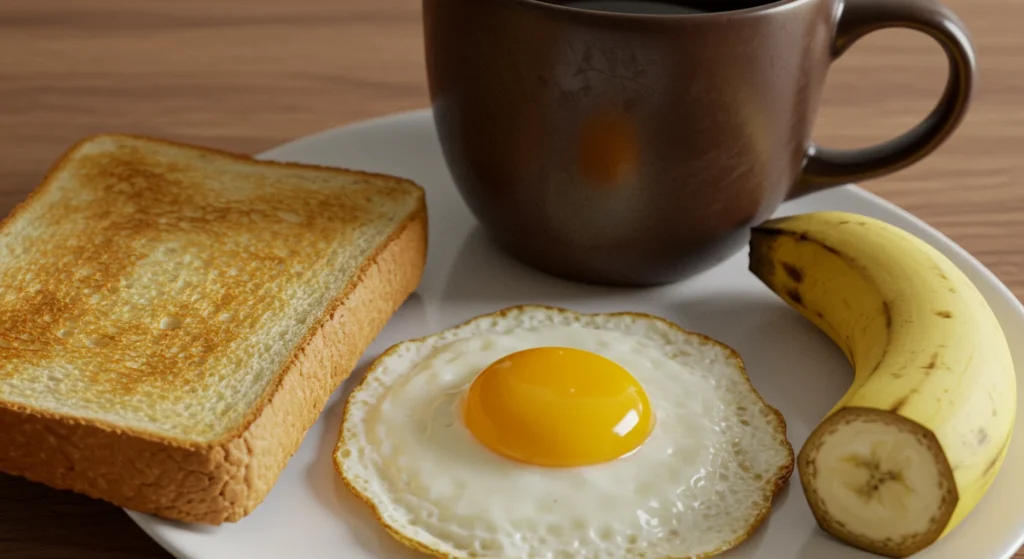
6. What Worked (and Didn’t) from My Crash Diet
Remember that date I mentioned earlier? I was desperate to feel slimmer in 5 days, so I tried a crash cleanse — lemon water, bone broth, the works.
Here’s what happened:
- I was constantly hungry and irritable
- I barely slept (thanks, low blood sugar)
- I looked “slimmer,” but it was mostly water loss
- The weight came right back after dinner
In hindsight, I would’ve done better sticking with:
- A clean, high-protein meal plan
- Drinking lots of water
- Walking daily
- Limiting salt and processed food
Lesson: quick fixes might help you fit into your jeans, but feeling good — like actually good — takes more than starving yourself.
7. Short-Term Weight Loss ≠ Long-Term Health
You can lose 3–5 pounds in a week if you focus on water weight, reduced bloating, and a calorie deficit. But real fat loss takes time. And crash dieting (like I tried) can wreck your energy, your mood, and even your metabolism.
If you’re trying to prep for an event, follow the steps we talked about:
- Eat whole foods
- Get enough protein
- Move more
- Drink water
- Don’t skip meals
If you’re in this for long-term results, your best bet is to start forming healthy habits now — no crash required.
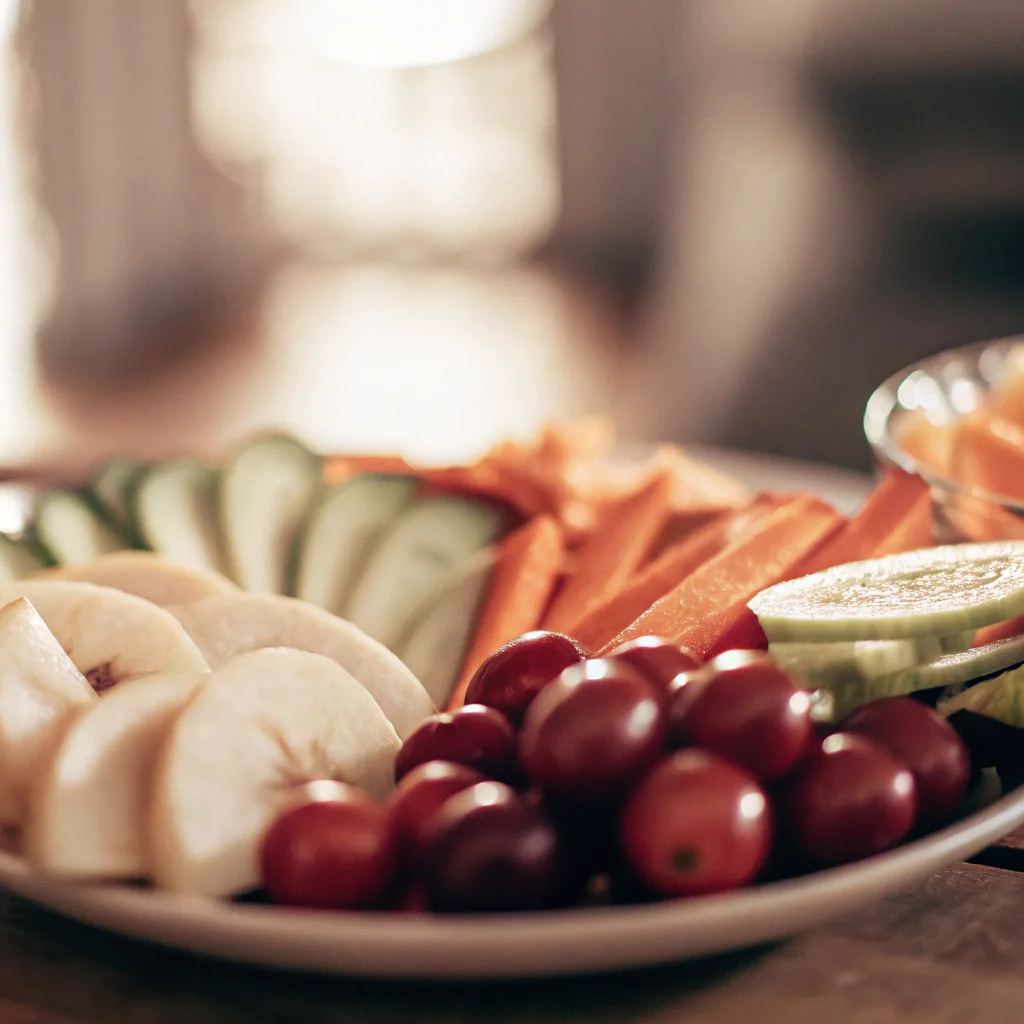
Final Tips: What to Do After This Week
Don’t let a week of effort go to waste. If you’ve seen progress, build on it! Here’s what you can do:
- Add more calories slowly so you don’t rebound
- Keep drinking water and eating fiber
- Stick with exercise (3–5 times a week is great)
- Focus on consistency, not perfection
If you’re looking for structured help beyond this week, check out a balanced meal plan like this one, and keep learning about what fuels your body best.
Ready to Feel Your Best (Without Burning Out)?Start with one change today. Drink water. Prep a high-protein meal. Go for a walk. Small steps = big results.

